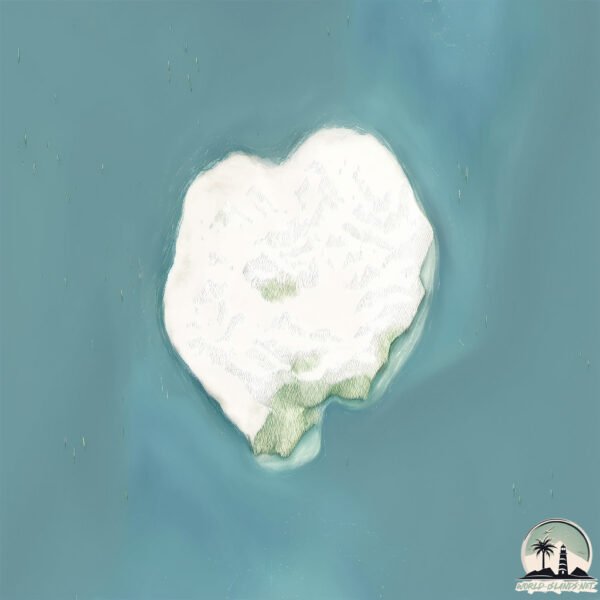Welcome to Sir Bani Yas Island , a Dry island in the Persian Gulf, part of the majestic Indian Ocean. This guide offers a comprehensive overview of what makes Sir Bani Yas Island unique – from its geography and climate to its population, infrastructure, and beyond. Dive into the details:
Geography and size of Sir Bani Yas Island
Size: 91.5 km²Coastline: 59.4 kmOcean: Indian OceanSea: Persian GulfContinent: Asia
Sir Bani Yas Island is a Medium Island spanning 92 km² with a coastline of 59 km.
Archipel: –
Tectonic Plate: India – A major tectonic plate that initially moved northward at a rapid pace before colliding with the Eurasian Plate. This collision is responsible for the uplift of the Himalayas and the Tibetan Plateau.
The geographic heart of the island is pinpointed at these coordinates:
Climate and weather of Sir Bani Yas Island
Climate Zone: DryClimate Details: Hot Deserts ClimateTemperature: Hot
Climate Characteristics: Dominated by extremely hot temperatures, this climate is marked by minimal rainfall and barren landscapes. Nights often experience drastic temperature drops.
Topography and nature of Sir Bani Yas Island
Timezone: UTC+04:00Timezone places: Asia/DubaiMax. Elevation: 107 m Mean Elevation: 19 mVegetation: Sparse VegetationTree Coverage: 9%
The mean elevation is 19 m. The highest elevation on the island reaches approximately 107 meters above sea level. The island is characterized by Plains: Flat, low-lying lands characterized by a maximum elevation of up to 200 meters. On islands, plains are typically coastal lowlands or central flat areas.
Dominating Vegetation: Sparse Vegetation
Vegetation: 5 vegetation zones – Highly Diverse Island
Infrastructure and Travelling to Sir Bani Yas Island
Does the island have a public airport? no .
Does the island have a major port? no .
The mean population of Sir Bani Yas Island is 37 per km². Sir Bani Yas Island is Gently Populated. The island belongs to United Arab Emirates .
Continuing your journey, Dalmā Island is the next notable island, situated merely km away.
Sir Bani Yas Island: Explore UAE’s largest natural island and Arabian Wildlife Park with Anantara
Sir Bani Yas Island was originally established as a Royal Nature Reserve in 1971 by the late ruler and founder of the United Arab ...
Sir Bani Yas Island: Explore UAE’s largest natural island and Arabian Wildlife Park with Anantara
Sir Bani Yas Island was originally established as a Royal Nature ...
Sir Bani Yas Island was originally established as a Royal Nature Reserve in 1971 by the late ruler and founder of the United Arab ...
Sir Bani Yas Island’s Wildlife Park #InAbuDhabi | Discovery
Sir Bani Yas Island's wildlife sanctuary is a great choice for a ...
Sir Bani Yas Island's wildlife sanctuary is a great choice for a staycation in Abu Dhabi! Read more below to find out about the ...
Sir Bani Yas Island: Luxury Safari in the Middle East! United Arab Emirates (UAE)
Get ready for this wild adventure to the incredible Sir Bani Yas ...
Get ready for this wild adventure to the incredible Sir Bani Yas Island! Located just a 2.5 hour drive from Abu Dhabi, this unique ...
United Arab Emirates is classified as Developing region: Regions characterized by lower income levels, with economies in the process of industrialization and modernization. The level of income is High income: nonOECD.
News – Latest Updates and Headlines from Sir Bani Yas Island
Stay informed with the most recent news and important headlines from Sir Bani Yas Island. Here’s a roundup of the latest developments.
Loading...
Please note: The data used here has been primarily extracted from satellite readings. Deviations from exact values may occur, particularly regarding the height of elevations and population density. Land area and coastline measurements refer to average values at mean high tide.

